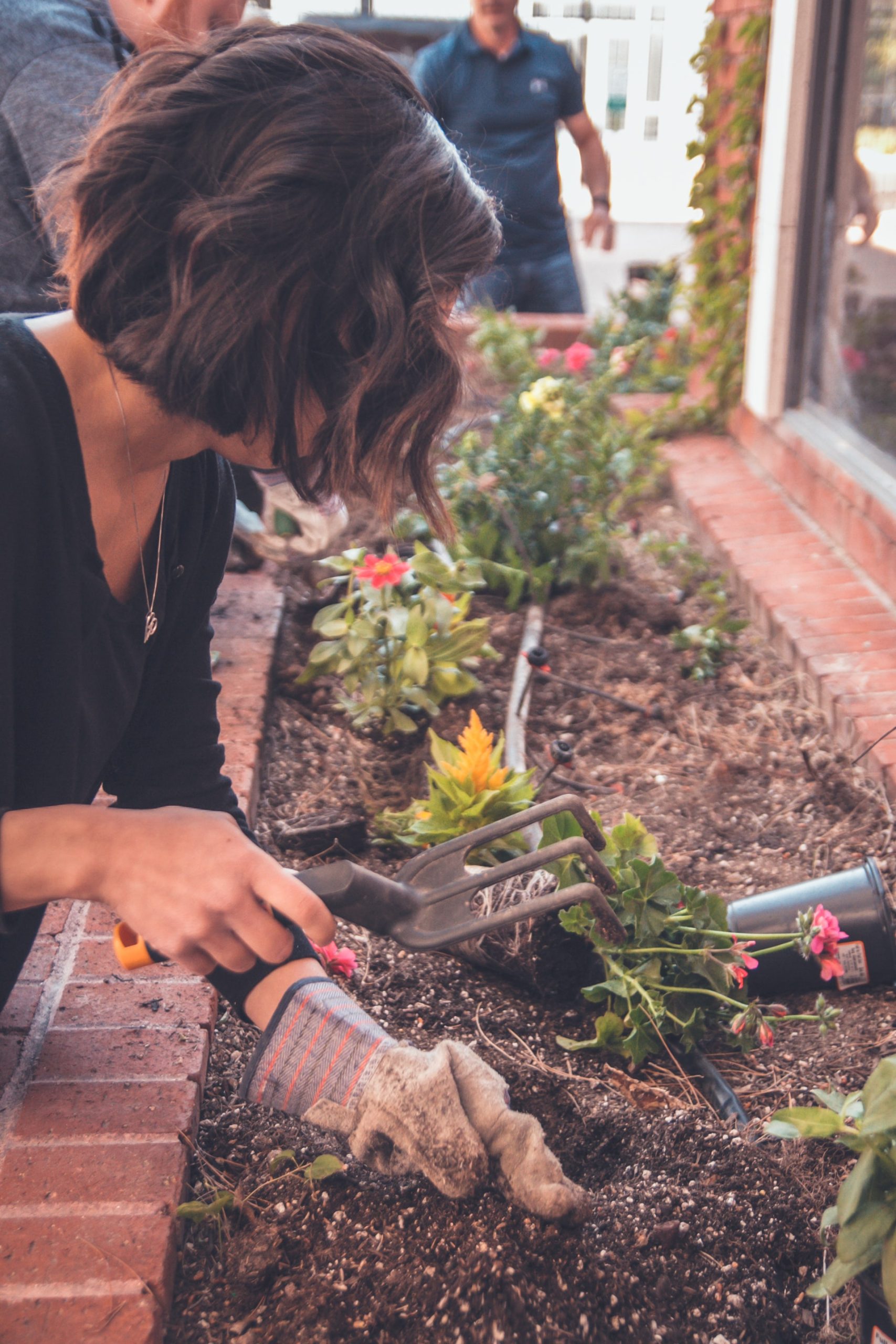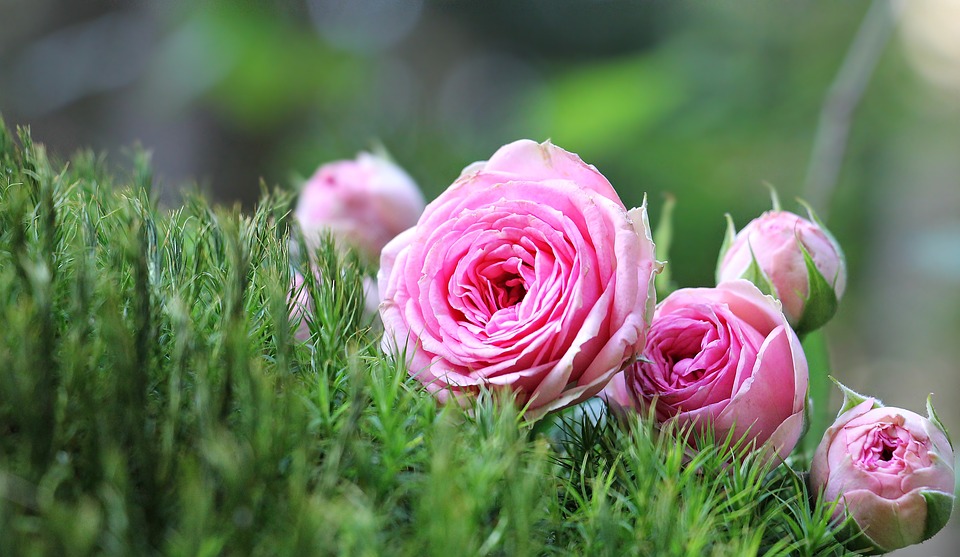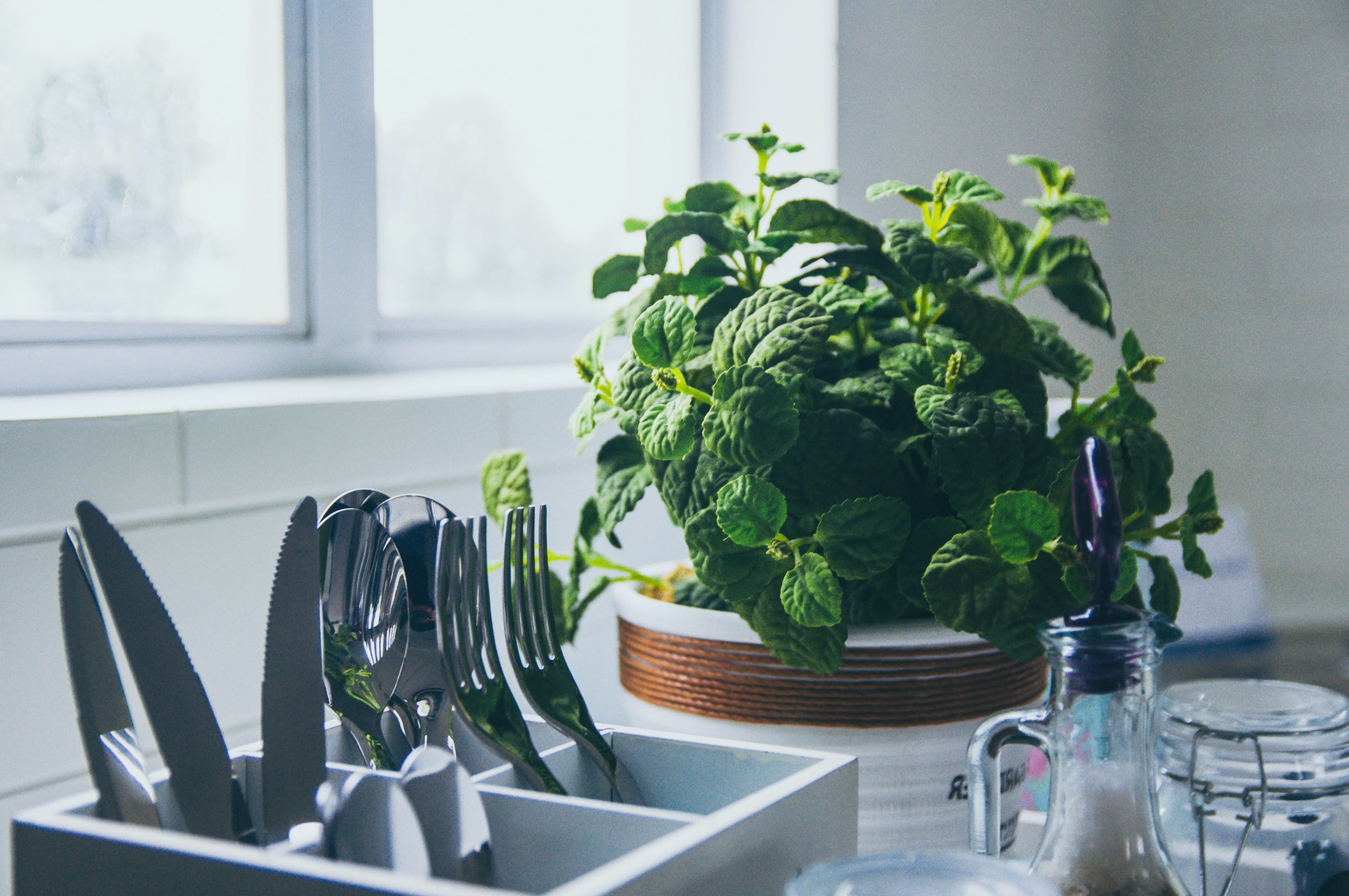You do not need expensive tools or courses to be a gardener- all you need is the right tool and the right pathway. In this article, I will teach you how to turn your backyard into your little haven. You will see how easy it is and fall in love with the practice.
Step-by-step to turn your backyard into a garden;
1. Climate Zone
The perfect equation for a thriving garden is to put the right plant in the right place at the right time. That’s why you need to understand your climate to decide what to grow (this is our next step). Which plant is suited to be planted in which season? There are different plant maps that you can use online, and if you live in a popular state, there should be a map for your state, which will make your life easier.
Once you are set up with your climate zone, set the duration of the growing season and frost; note that some plants may resist the frost period and you should research these too.

2. What To Grow?
You should be using your climate zone and your preferences to know what to grow. You have to choose a flower garden, vegetable garden or herb garden… also have to think about the containers you want to incorporate in your garden. Take into consideration your space, so that you don’t opt for large plants when you have a little space.
3. Location
Most plants will require a lot of sunlight (more than 3 hours), so you want to choose a place that receives enough sunlight. Not every plant needs the same amount of sunlight and water, so you want to gather them in ‘teams’ with similar requirements.
4. Basic Gardening Tools
You won’t need thousands of dollars to start a backyard garden, except if you want to invest in high-tech tools. To start all you will need is a good shovel and a pair of gloves. You may want to buy other tools, but they are not a requirement, though they may facilitate your life. These tools are; pruners, watering can, good hose and so on.
5. Your Soil
It is important to know your soil before even planting. When you test your soil, you will learn a lot about pH levels and other nutrients present in the soil. You do not want to be disappointed when you are done putting your seed into the soil and realize that your soil is toxic; this will be a waste of your time, seeds and money.
When you are aware of everything present in your soil, you will be able to act accordingly to know what to do to correct the imbalances. You will want to invest in a test that covers toxicity in the soil; if there are toxins in your soil you may want to bypass consuming vegetables from this soil.

You can also opt for a wooden raised bed to plant, thus you can buy healthy plants.
6. Garden Bed
To start you should clear the way. Remove everything that does not belong there to make a clear plan for your garden. Pull away all the weeds and make sure you uproot them so they do not re-sprout. If your weeds are stubborn I would recommend mulching and once you are done getting rid of the weed, incorporate 4-inch thick compost.
7. Seedling Or Transplant?
Starting with seeds is a money-saver trick but it is a long process and they may be more fragile. Sprouting can take very long, and you should wait till they are strong enough to transplant them which can take ages. You can buy already sprouted plant, do not go for those that seem well-grown and strong that are more likely to be root bounded; thus it may be hard to transition them.
Keep in mind that a garden is a living space, plants are living things that require maintenance and may get sick by pests. So, constant maintenance is important. Let us know in the comments if you are willing to start your garden this year…





